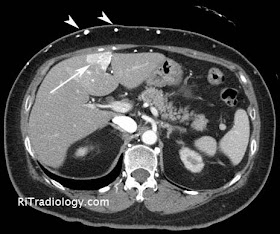According to the updated Guidelines for the Management of Acute Cervical Spine and Spinal Cord Injuries (published on March 2013, Neurosurgery 2013;72),
- Computed tomography is the imaging study of choice for obtunded or un-evaluable patients with potential cervical spine injuries. (Level I)
- Computed tomographic angiography is recommended to assess for vertebral artery injury in selected patients who meet the modified Denver Screening Criteria after blunt cervical trauma. (Level I)
Injury Mechanisms/Patterns
- High-energy mechanism causing 1) displaced Le Fort II or III, or 2) complex mandible fracture
- Cervical hyperextension/rotation/flexion injury with 1) midface fracture, 2) complex mandible fracture or 3) closed-head injury and diffuse axonal injury
Symptoms
- Massive epistaxis
- Central or lateralizing neurologic deficit that is unexplained or incongruent with CT
- Transient ischemic attack or stroke after blunt neck trauma
Signs
- Expanding neck hematoma
- Honor syndrome
- Cervical vascular bruit in a patient less than 50 years old with blunt neck trauma
- Seat belt abrasion, hanging bruise, or unexplained contusion or hematoma of neck, resulting in significant cervical swelling or altered mental status
Findings on C-spine NCCT
- Upper cervical vertebral fracture (C1-C3)
- Cervical vertebral fracture extending through the transverse foramen
- Cervical vertebral subluxation
- Cervical spine fracture with cervical hyperextension/rotation/flexion injury
Findings on head NCCT
- Acute or subacute cerebral infarction
- Skull base fracture involving foramen lacerum, sphenoid, mastoid, or petrous bones
References:
- Biffl WL, Moore EE, Offner PJ, et al. Optimizing screening for blunt cerebrovascular injuries. Am J Surg 1999;178:517–22;
- Cothren CC, Moore EE, Biffl WL, et al. Cervical spine fracture patterns predictive of blunt vertebral artery injury. J Trauma 2003;55:811–3.
- Neurosurgery 2013;72 Supplement 2. Full-text access is FREE




